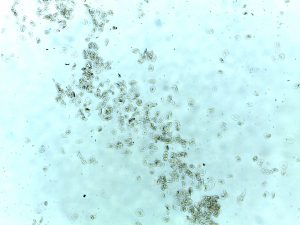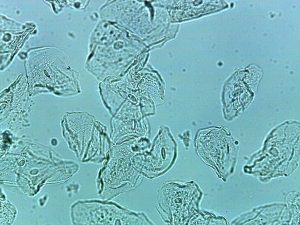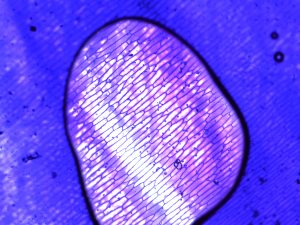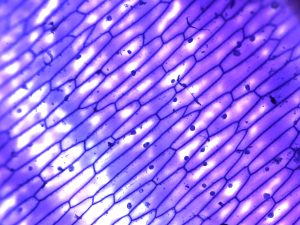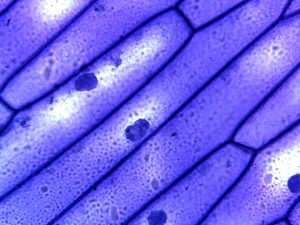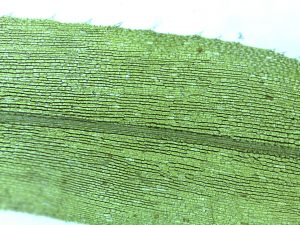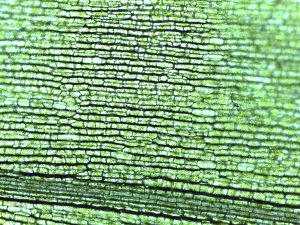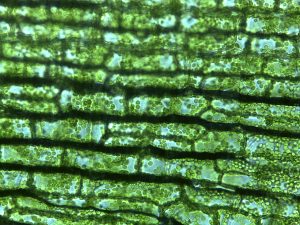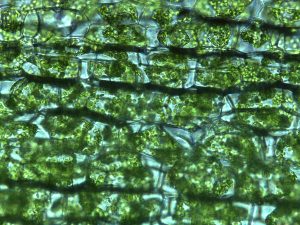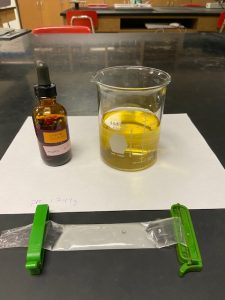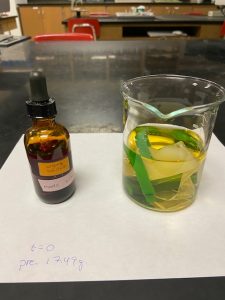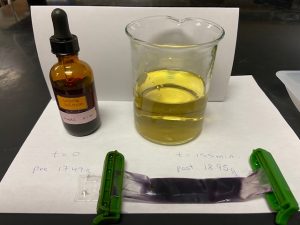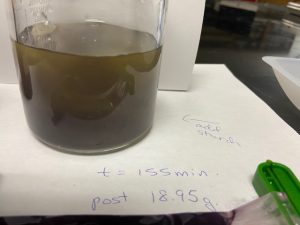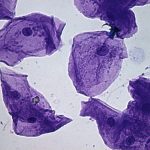 Microscopes and Cells – Online Make Up Lab
Microscopes and Cells – Online Make Up Lab
Read along in your lab handout with the information in this webpage. Fill in and answer all questions accordingly in your lab handout. Your lab handout will be collected and graded later.
Microscopes and Cells Lab Handout-Online Make Up Module – Includes areas for sketches and answering questions. You will need to make your sketches on paper and upload the fully labeled jpg images into the digital copy of this handout at the appropriate places OR use a computer/tablet with drawing capability.
The Compound Light Microscope
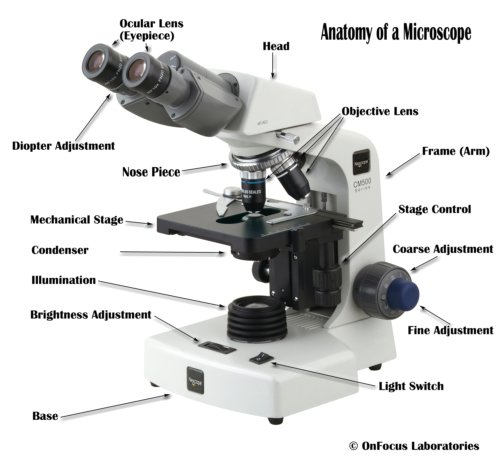
Helpful Links
Microscope Key Points, Diagrams, and Quizzes
Exploring Magnification: Power of Ten video
How to use the microscope video
Appendix A of your Lab Manual – Use and Care of Microscopes
Reminders
- Always start by using the 4X objective lens. Find the specimen and focus using the coarse focus, then the fine focus knob. Only use the coarse focus know with the 4X objective lens. Then progress to the 10X objective lens, then 40X lens and oil/100X lenses. Be sure to focus at EACH new objective lens (10X, 40X, 100x) using ONLY the fine focus knob. Do not skip using a lens. Always progress one lens at a time.
- Label all drawings with organisms name and indication of size: total magnification, field of view, size bar, or lens used in relation to the field of view. Total magnification = object lens x ocular lens.
- Other information: date, time, place and any relevant notes.
- Record all observations; don’t rely on memory.
- Make sure to record what you SEE, not what you THINK you should see.
- Detail is key, pay attention to even the smallest things.
Activity 1: Procedure 1A
Simulation Activity to help you learn how to use a Microscope –-directions in lab manual/handout
- We will use the Virtual Microscope developed by the NC Community Colleges BioNetwork.
- You will need to click on the “LEARN” button found at the bottom of the page. If you do not see 5 buttons at the bottom of your computer screen, you may need to elongate the open window.
- Work your way through all of the prompts indicted by “?” to review the names of all the major parts of the microscope and a few associated supplies needed for microscopy(microscope oil, lens paper and Kimwipes). This light microscope has a 10X ocular lens and 4 different objective lenses (4X, 10X, 40X and 100x/oil lens). This very closely matches the microscopes used in both BIO 181/183 labs and other life science courses.
- Click the “EXPLORE” button and click on the “?” to open the box of prepared slides.
- Select ONE of the “Bacteria slides”. Use the course focus to find the specimen with the 4X lens. First use the Course Focus, then the Fine Focus adjustors to see the best image of the specimen. You may need to adjust the level of light intensity as well. Continue to increase magnification until you can best see the cells.
- Draw a few of the cells in the indicated circles in your lab manual. Keep in mind to draw the cell size in relation to the field of view. Indicate the name of the slide, total magnification you thought was most appropriate, and any structures you can discern.
- Repeat by selecting one of the Human (tissues) slides, and also one of the Plant (tissues) slides, and draw and label accordingly.
- Answer the questions found in the lab handout/Lab Unit write up.
Activity 1: Procedure 1B
Practice Interpretation of Provided Microscope Images
In lab you would have practiced using a microscope to see the following sorts of images. Choose one of these prepared slide images below – draw what you see, indicate the total magnification, and label at least 2 structures you can see within your organism.
- Below are images of bacteria, animal, plant and fungal cells. Besides the Key to the Images, what visual cues can you see that would help you determine if they are bacterial, animal, plant or fungal cells? Think back to BIO 181 labs or characteristics of cells belonging in different Kingdoms. What information is useful? What else would you need to know when looking under a light microscope? You can search the internet to help with labeling 2 structures within the image you choose to draw,
- Compare the cells of the image you selected in Procedure 1B to ONE of the slides you viewed in the Virtual Microscope above. Compare how they are alike, and how they are different.
1.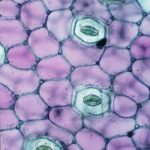 2.
2. 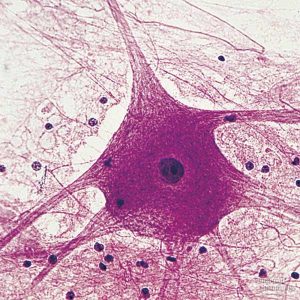 3.
3. 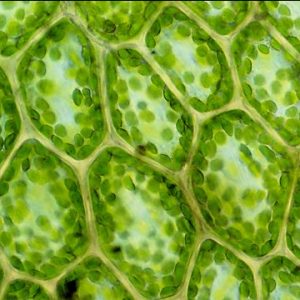
4.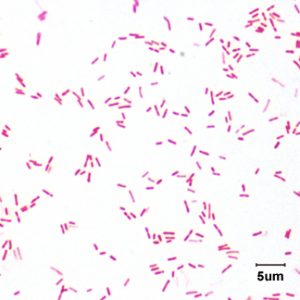 5.
5.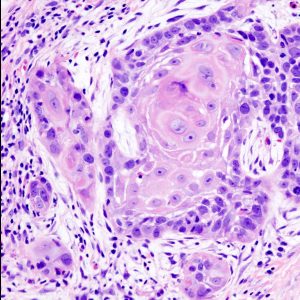 6.
6.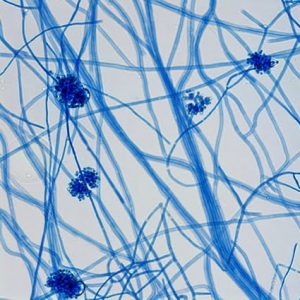
Key to images:
- Plant epidermis whole mount, 40X objective lens & 10X ocular lens.
- Nerve cell, 40X objective lens & 10X ocular lens. Stained cells.
- Whole mount plant epidermis cells, 40X objective lens & 10X ocular lens.
- Bacterial cells, 100X objective lens & 10X ocular lens. Stained cells.
- Muscle cells, 40X objective lens & 10X ocular lens. Stained cells.
- Fungal cells, 40X objective lens & 10X ocular lens. Stained cells.
Activity 1: Procedure 1C Simple Staining with Animal and Plant Cells (Eukaryotic Cells)
Simple staining is the addition of ONE type to stain that can allow you to better see cells and/or structures under the light microscope.
In lab you would have made your own slides cheek and onions cells and stained with toluidine blue. Using the light microscopes, you would see the following images at low, medium, and high power (4X, 10X, and 40X objective lenses), using your compound microscope.
- Examine the images of check and onion cells slides below.
- Decide which magnification is most appropriate and draw both in the appropriate location in your lab handout.
- Be sure to label the structures that you can see in each of the pictures. At a minimum, you should be able to label 2 structures found in these cells.
- Based in these slides, how are these cells similar? How are they different?
Unstained cheek cell slides at low, medium and high powers.
Stained cheek cell slides at low, medium and high power. What is the benefit of staining these cells?
a.  b. .
b. . c.
c. 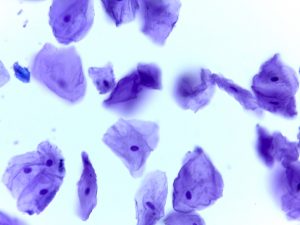
Stained onion cell slides at low, medium and high power.
How would you describe the animal cells? The plant cells? Size, shape organization? What structures and organelles can you see that help you identify the type/kingdom of these cells? What cellular organelles can’t you see? Why can’t you see them? What is the best size to view these animal and plant cells?
Activity 2: Procedure 2A Osmosis in Plant Cells (Elodea)
Elodea is a freshwater aquatic plant.
- The following images show an Elodea leaf mounted using freshwater at low 40X, medium100X, and high power 400X total magnification.
- Steps 1 was followed.
- Draw the Elodea cells at the appropriate magnification in the leftmost circle in your lab handout.
- In the images below (d & e), the Elodea leaf was flushed with 5% saline (d), and then 10% saline (e) following steps #2 in your lab handout.
- Draw the 5% and 10% cells in the middle (for 5%) and rightmost circle (for the 10%) in your lab handout.
- Write a note in your handout that nothing changed when freshwater was flushed back through the cells on 10% saline. The 5% slides was able to “recover”. Why might that be, but not with the 10% treatment? The two images below are viewed at high power.
You may find this videos showing osmosis in Red Onion Cells helpful in understanding how changing environmental conditions on plant cells works in relation to osmosis.
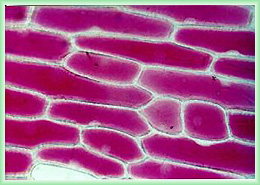
Video: Osmosis in Red Onion Epidermis – (1:41) flushing various concentrations of saline solution through these onion cell walls and flushing back with freshwater after a 5% solution.
Activity 2: Procedure 2B Osmosis in Blood Cells
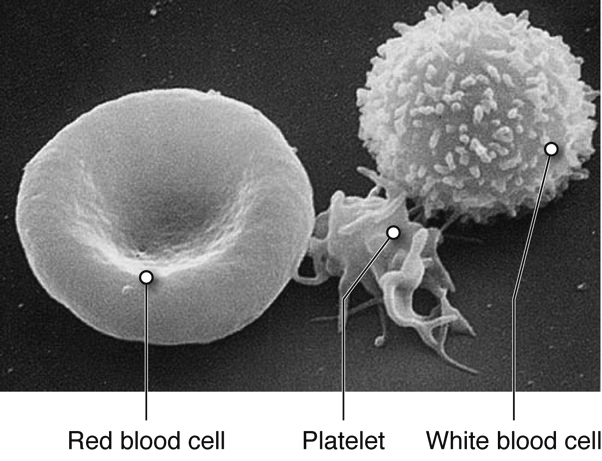
- View the Video: Osmosis in Red Blood Cells found below.
- Draw, label and explain what you see under all 3 conditions (distilled water, 0.9% saline, 10% saline (salt water) show in the video. Use the appropriate osmotic terminology (isotonic, hypotonic and hypertonic) in your explanations of what happens to the red blood cells in each of these conditions.
- Also be sure to answer any other written questions.
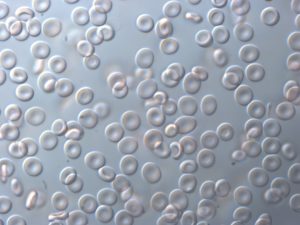
Video: Osmosis in Red Blood Cells-(3:47) see how red blood cells appear in isotonic, hypertonic and hypotonic solutions.
Reviewing BOTH of the above videos should help you better understand the osmosis plant and animal cells. cells.
Activity 3: Procedure 2C Cell Membranes: Osmosis and Differential Permeability
Be sure to read the Introduction in your lab handout. The 2 pictures below (a and b) show the set up following steps 1-6. Write a hypothesis, your predictions and explain why at step 7 in your lab handout.
Record the initial colors of the tube contents and solution in the beaker in step #8.
The following pictures (below) show the color changes after running the experiment. The first and second pictures (a and b) show the color of the solution in the beaker (yellow) and in the dialysis tube (black) at the end of the experiment. Compare the color of the starch solution inside the dialysis tube and also the color of the solution in the beaker before and after the experiment. The picture on the right (c) shows the beaker after the dialysis tube is removed and 1 ml of starch was added to the yellow solution left in the beaker (step#12).
Fill in and answer steps #8-16 in your lab
Use these provided student data to fill in Table 1
Table 1. Provided raw data from 1 student group.
| Time | Mass (grams) | |
| Initial (I) | 12:10 PM | 17.49 |
| Final (F) | 2:45 PM | 18.95 |
| Change (F-I) | _______ minutes |
Table 2. Osmosis Data from 4 Pairs of Students
| Pair data | Change in Time (minutes) | Change in Mass (+/- grams) |
| Data provided in Table 1 | ||
| Group 1 | 55 | +0.39 |
| Group 2 | 55 | +0.45 |
| Group 3 | 110 | +0.66 |
| Group 4 | 114 | +0.53 |
| Group 5 | 115 | +0.89 |
| Group 6 | 112 | +1.49 |
Why might we see differences? Look back to the procedure and pictures above …..
Scroll down to the yellow Osmosis Cells Assignment box at the bottom of this webpage to access the assignment.
Activity 3: Animated Film – The Inner Life of the Cell
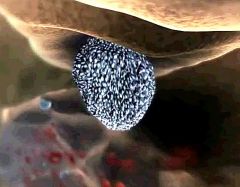
Video: Cellular Visions: Inner Life of the Cell video (3:12)- Read the summary below before you watch the video. Click on the link and scroll down and click the play video arrow.
Video Background: This video starts with a view of the inside of a blood vessel. You will see the red blood cells rushing past and the much larger white blood cells rolling along the wall of the blood vessel. The white blood cell receives an extracellular signal and the majority of the video shows what happens inside the white blood cell as it responds to that signal. The final scene shows the white blood cell reshaping (due to the conformational changes of the cytoskeleton) and slipping through the endothelial cells of the blood vessel wall to the site of inflammation.
As you watch the video, how many structures/organelles can you see? Can you find -protein filaments, lipid rafts, plasma membrane, actin filaments, microtubules, motor proteins, transport vesicles, mitochondria, centrosomes, nucleus, nuclear pore, mRNA, ribosomes making proteins, ER, golgi apparatus, vesicles transported back to the plasma membrane surface.
Additional Information:
Article: NCSU Researcher “Stopping Cancer in its Track” – Examines the role to which the cytoskeleton/actin is involved in movement of cancer cells. Remember “moving through” the cytoskeleton in the Inner Life of the Cell video above?
NCSU – Cellular and Molecular Imaging Facilities(opens in new window) (CMIF) – Galleries(opens in new window) – Click on the Galleries link to see a variety of images created from a variety of different types of microscopes, light, filters, stains and sample preparation. (Located in Gardner Hall)
NCSU – Analytical Instrumentation Facility (AIF)(opens in new window) – BIO EM Images(opens in new window) . This facility is located on Centennial Campus and offers short courses and information(opens in new window) on a variety in microscope imaging technologies.
Exploring the World of Optics and Microscopy – nice website featuring a wide variety of microscope technologies and images.
